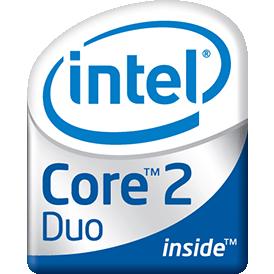Samsung Exynos 980 or
Samsung Exynos 980 – which processor offers superior performance? In this comparison, we examine disparities and assess which of these two CPUs outperforms the other. We delve into technical specifications and benchmark outcomes.
The
Samsung Exynos 980 features
8 processor cores and has the capability to manage 8 threads concurrently.
It was released in Q4/2019 and belongs to the 4 generation of the
Samsung Exynos series.
The
Intel Core2 Duo E6700 features
2 processor cores and has the capability to manage 2 threads concurrently.
It was released in Q3/2006 and belongs to the 1 generation of the
Intel Core2 Duo series.
To use the Intel Core2 Duo E6700, you'll need a motherboard with a
LGA 775 socket.
 iGPU - FP32 Performance (Single-precision GFLOPS)
iGPU - FP32 Performance (Single-precision GFLOPS)

